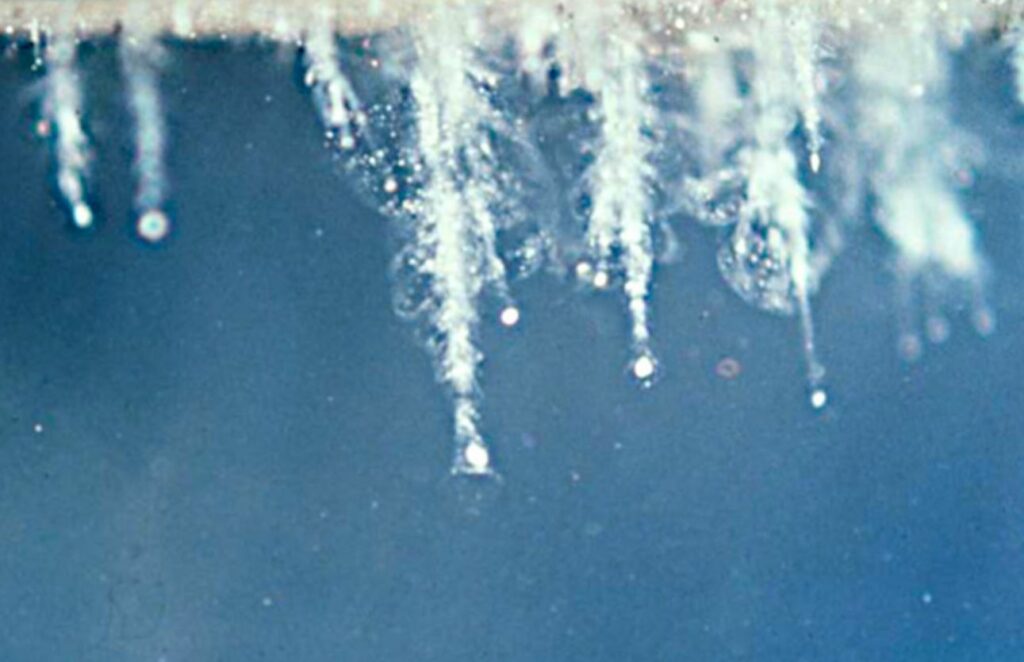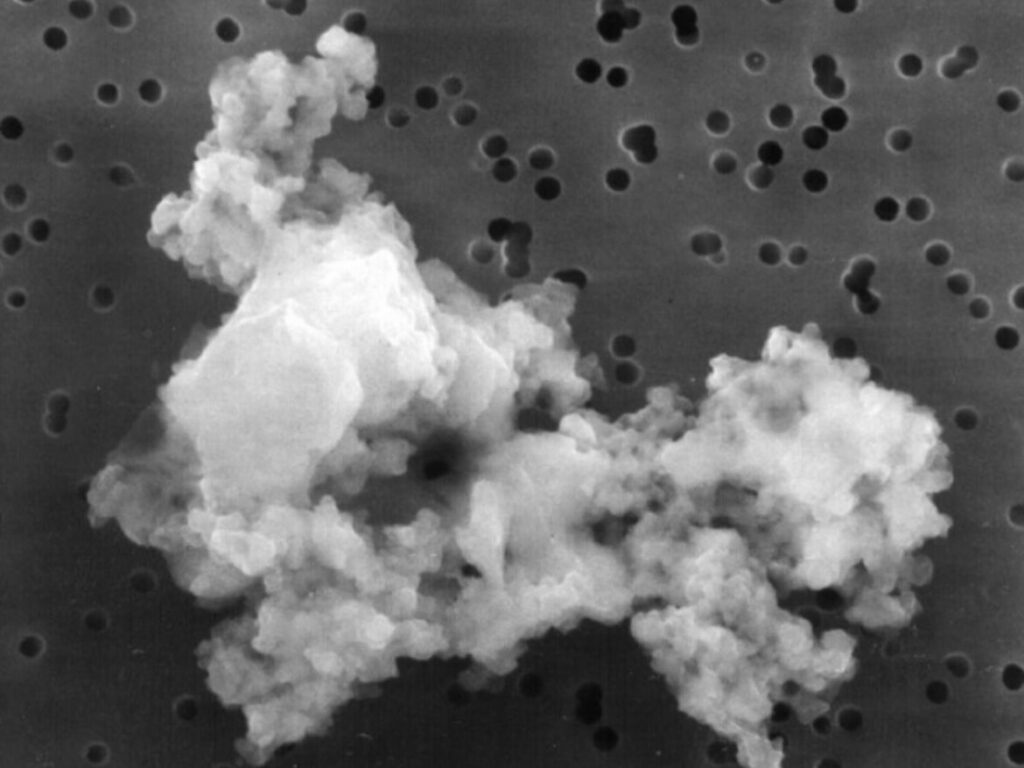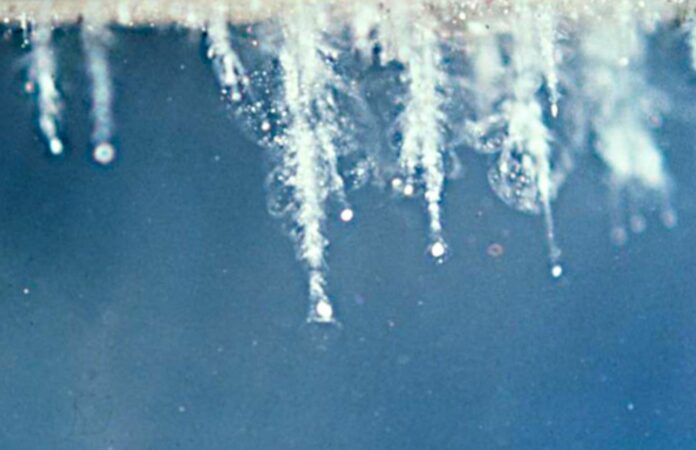A New Strategy for Discovering Extraterrestrial Life: Study Suggests Searching for Space Dust
Traditionally, the quest to locate life beyond our solar system has focused on detecting signs of communication, which would suggest the presence of intelligent life. However, this approach excludes the possibility of discovering pre-technological life forms.
Another method involves examining atmospheric signatures that may provide clues to the existence of life, but without concrete evidence, alternative explanations are possible. However, if we can detect indications of life in dust particles, we would not only be able to confirm its existence with certainty but also discover it in a relatively short period.
Theoretically, such space dust could contain direct or indirect signs of life from the original host planet, such as microorganism fossils. This intriguing possibility has piqued the interest of astronomers, who believe that such particles may already be detectable by humans or could be in the near future.
Although the term “dust” often conjures up images of household chores, in astronomy, it refers to diffuse solid material floating through space. While it may pose a hindrance to some astronomers’ observations, space dust could also serve as a valuable tool to learn more about distant objects.
Professor Tomonori Totani of the University of Tokyo’s Department of Astronomy has proposed an idea involving space dust that may seem like science fiction but deserves serious consideration.

“I propose we study well-preserved grains ejected from other worlds for potential signs of life,” comments Totani.
The fundamental concept behind the search for extraterrestrial life involves the possibility that large asteroid impacts can expel ground material into space, potentially containing microorganisms that are still alive or have been fossilized.
The size of the ejected material can vary significantly, with larger pieces either returning to the originating planet or entering permanent orbits around nearby celestial objects. Conversely, smaller pieces may not contain any identifiable signs of life. However, particles with a diameter of approximately 1 micrometer could harbor single-celled organisms and could even escape their host solar system, possibly making their way into ours, provided that certain conditions are met.

This new “paper explores this idea using available data on the different aspects of this scenario,” according to Totani.
The vast distances and prolonged periods involved significantly diminish the likelihood of any ejected material that could potentially contain signs of life from another planet reaching us. Moreover, numerous space-related events, such as exposure to heat or radiation, can destroy small objects, further reducing the chances of detecting life signs.
“Despite that, I calculate around 100,000 such grains could be landing on Earth every year. Given there are many unknowns involved, this estimate could be too high or too low, but the means to explore it already exist so it seems like a worthwhile pursuit.”
Grains containing extraterrestrial matter might already exist in large quantities on Earth, preserved in locations like the Antarctic ice or beneath the ocean floor. These regions could provide an accessible source of space dust, although distinguishing it from material that originated in our own solar system remains a challenging task. Conversely, missions to space have already been launched that capture dust using ultralight aerogels in a vacuum.
Totani expressed his desire for researchers across various domains to explore the possibility of this novel approach to searching for extraterrestrial life in greater depth.
Source: 10.48550/arXiv.2210.07084
Image Credit: NASA/JPL CC-0
